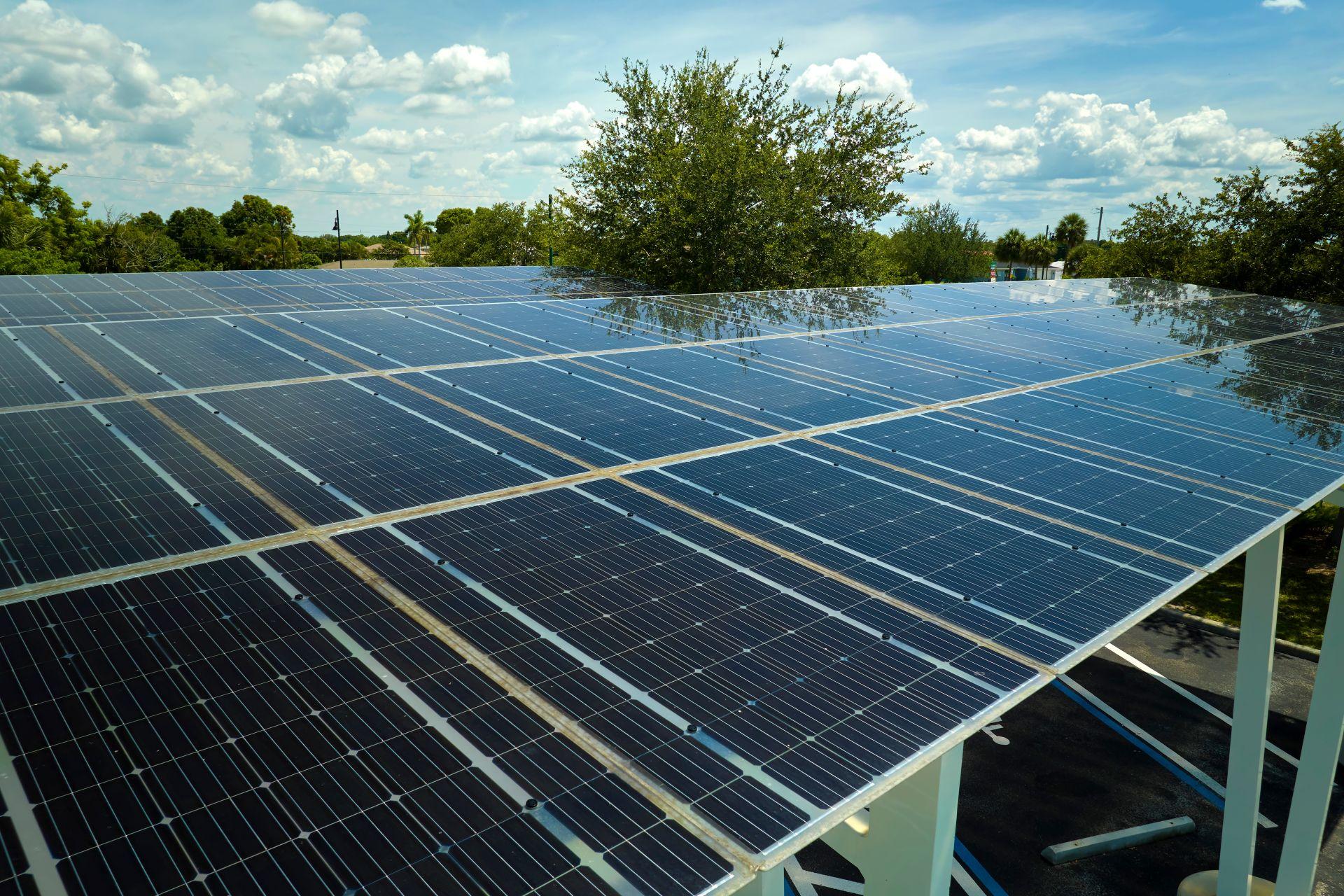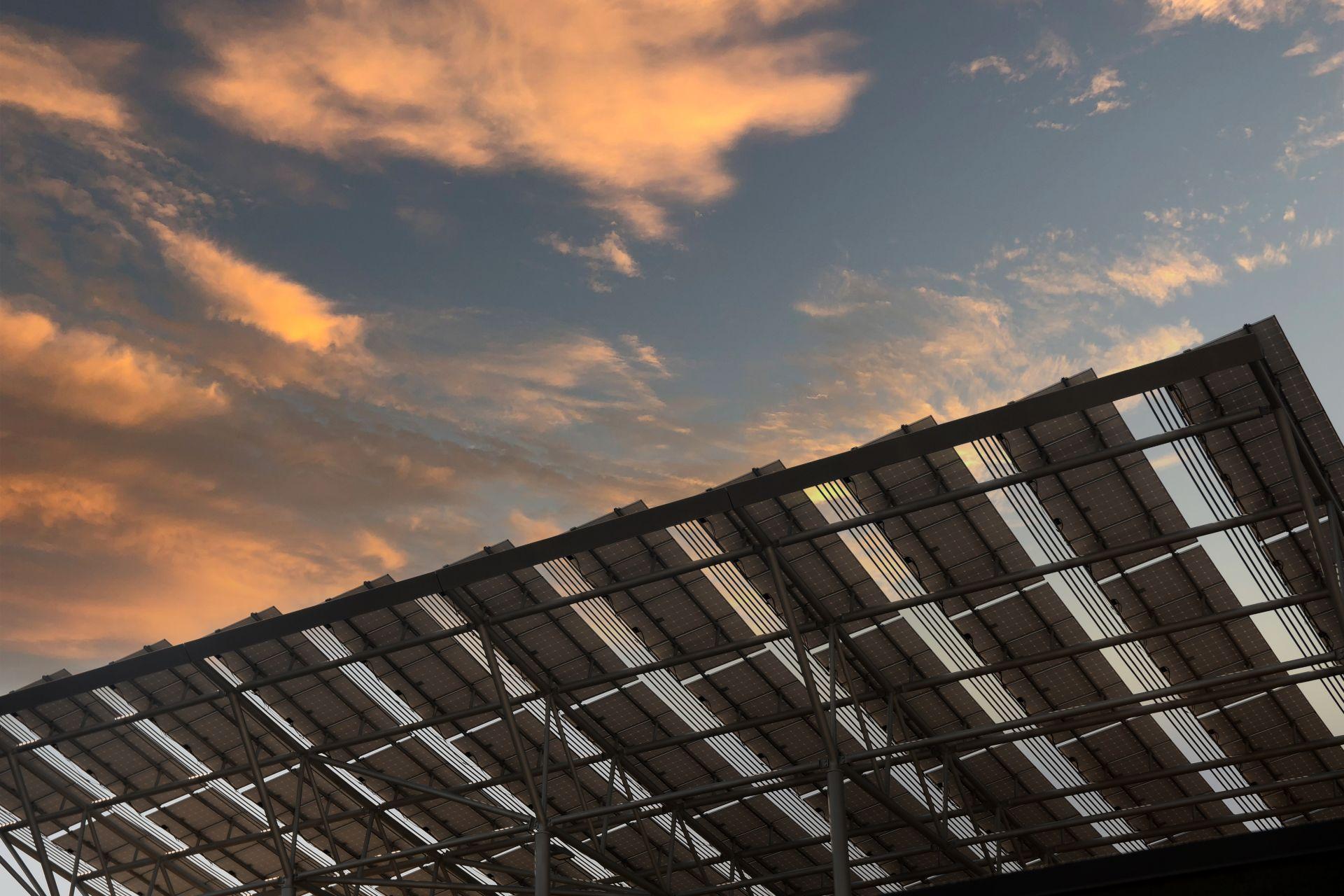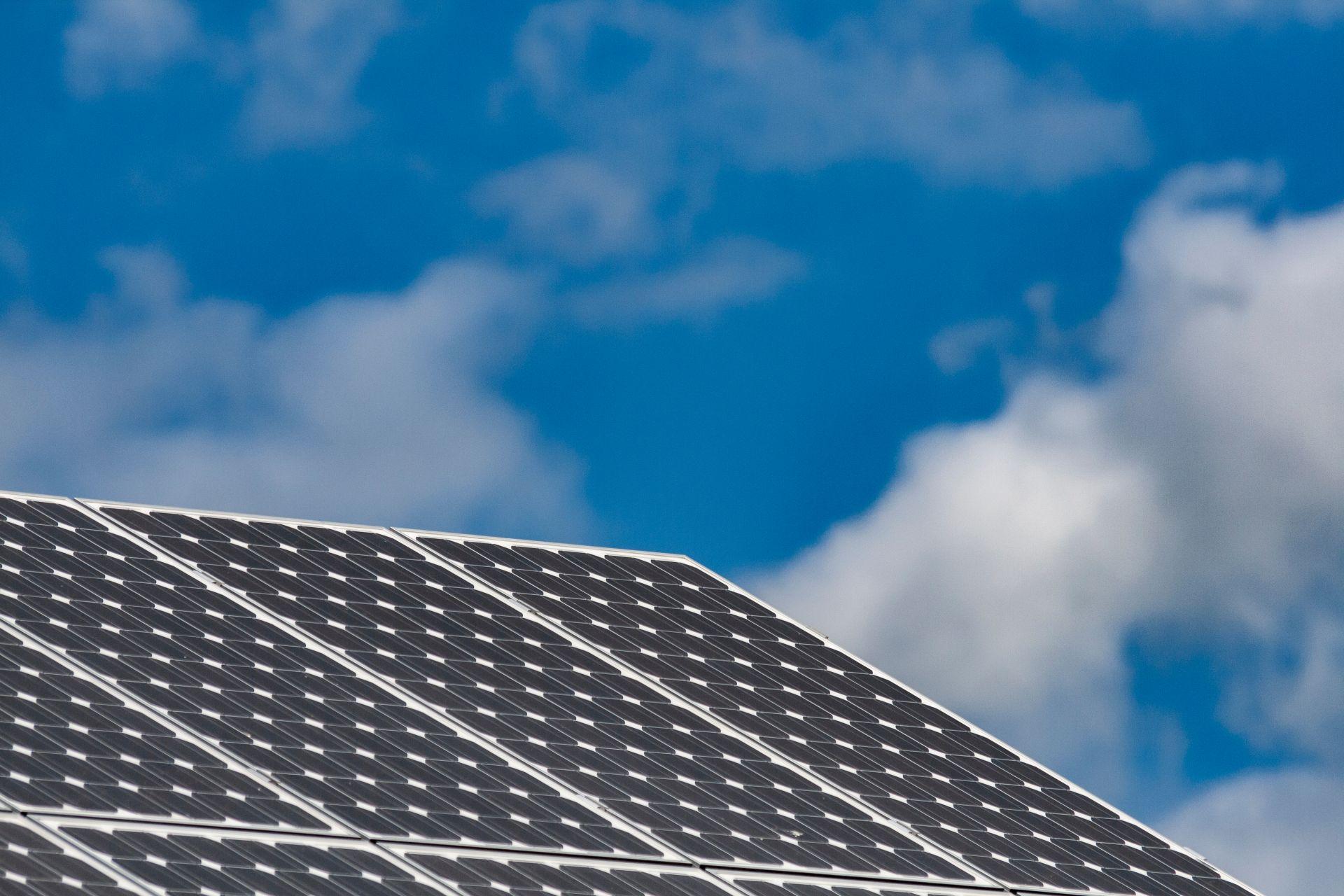Hybrid Solar PV
Body Corporate Solar Solutions
Solar system design and installation is a specialised field, the system gets designed by a professional engineer and installed by a specialist Engineering, Procurement and Construction company (“EPC”).
Each solar system is uniquely designed to meet a specific need and objectives, depending on how a customer is billed by their local municipality or Eskom. It is always the objective of a solar system to provide power security for a pre-determined amount of time and maximise the return on investment in the solar system. This can also be done via an SLA where Carbon Zero Solar takes over the billing of complexes electricity. Monthly monitoring and maintenance by an EPC is required to ensure optimal performance and asset longevity.
- Reduced Electrisity Costs
- Increased Property Value
- Long-term Savings
- Power Backup
- Reduced Load-shedding Impact
- Carbon Footprint Reduction



Get The Energy
Revolution
Revolution
The leading solution to combating low-power situations and improving your energy situations for the better. Carbon Zero Solar have all the solutions you need.
Body Corporate Solar Solutions
Why Renewable Energy Is Essential
1. Savings
The ongoing tariff increases by Eskom have led to a significant rise in the cost of electricity, putting financial strain on businesses and households alike. As energy expenses continue to climb, the economic pressure makes it imperative to explore alternative solutions. One such solution is the installation of renewable energy platforms, particularly solar installations, which offer a compelling opportunity for cost savings. By generating their own electricity, users can significantly reduce or even eliminate their reliance on Eskom, thus mitigating the impact of escalating tariffs. Though substantial, the initial investment in solar technology is quickly offset by the reduction in electricity bills, making it a financially prudent choice in the short to medium-term.
3. Energy Security (Load Shedding)
Although load-shedding has recently decreased, it is prudent to anticipate its potential return and prepare accordingly. The temporary reprieve does not eliminate the underlying vulnerabilities in the energy infrastructure, which can resurface under stress or due to unforeseen circumstances. To mitigate the risks associated with power disruptions, businesses and individuals should adopt an energy security policy or a defensive strategy. This could include investing in backup power systems, such as generators or solar battery storage, optimizing energy usage and diversifying energy sources to reduce dependency on a single grid. By being proactive, one can ensure operational continuity and minimize the impact of any future loadshedding events.
2. ESG
ESG (Environmental, Social and Governance) factors have become increasingly critical for companies due to growing awareness among investors, consumers and regulators about the impact businesses have on the world. Companies are now expected to operate in a manner that is profitable, socially responsible and environmentally sustainable. Focusing on ESG can enhance a company’s reputation, attract investment and mitigate risks associated with regulatory changes or public backlash. Moreover, companies with strong ESG practices are often better positioned for long-term success as they are seen as more resilient and adaptive to global challenges like climate change, social inequality and corporate governance issues. The “E” in ESG, which stands for Environmental, is particularly significant as it addresses how a company’s operations affect the planet. One key aspect of this is the adoption of renewable energy sources like solar platforms. By deploying solar energy, companies can significantly reduce their carbon emissions, which is crucial in the fight against climate change. Investing in renewable energy not only helps companies meet regulatory requirements and align with global sustainability goals, but it also leads to cost savings in the long-term due to the decreasing cost of solar technology. Additionally, companies that actively reduce their carbon footprint are often viewed more favourably by stakeholders, further reinforcing their commitment to environmental stewardship.
4. Infrastructure Decline
Given the decline in infrastructure and the ongoing challenges in restoring key energy supply assets in a timely manner, it is crucial for businesses to develop a backup strategy centred around alternative renewable energy sources, such as solar installations. The uncertainty and delays in repairing damaged energy infrastructure can lead to prolonged periods of power outages, which can severely disrupt operations and impact profitability. By investing in solar energy systems, businesses can ensure a more reliable and sustainable energy supply, reducing their dependence on the national grid and safeguarding against the risks posed by infrastructure failures. This proactive approach not only enhances energy security but also aligns with broader sustainability goals, making it a strategic investment for longterm resilience.

